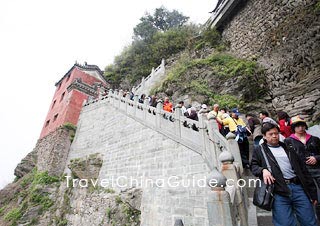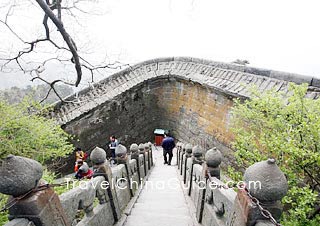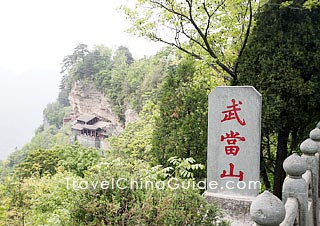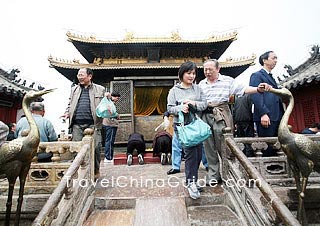Shiyan Travel Guide
Shiyan Facts
Chinese Name: 十堰 (shí yàn)
Population: 3,406,000
Area: 14,100 square kilometers (5,444 square miles)
Location: in the northwest of Hubei Province, central China
Administrative Division: 3 districts (Zhangwan, Maojian, Yunyang); 4 counties (Yunxi, Zhushan, Fangxian, Zhuxi); 1 county-level city (Danjiangkou)
Area Code: 0719
Zip Code: 442000-442700
GDP (2018): CNY 174.78 billion (USD 26.414 billion)
City of Cars & Famous for Wudang Mountains
Shiyan is situated in the northwest of Hubei Province, the upper reach of the Han River. It borders Xiangfan City to the east, at the convergence of Hubei, Shaanxi and Henan provinces and Chongqing. As a juncture of north, southwest and northwest China, Shiyan is of great importance in Hubei. It is the first commercial vehicle production base in China. There are more than 500 vehicle and parts manufacturers in the city, with an annual production capacity of 500,000 vehicles. Shiyan is also famed for the Taoist holy place Wudang Mountains where tourists can learn about Taoist culture and enjoy the wonderful natural scenery and ancient buildings. Shennongjia Nature Reserve near to the Wudang Mountain is the best-preserved subtropical forest in China, which can be packed into your Shiyan trip.
|
|
Other Scenic Spots: Wulonghe Scenic Area, Danjiang Dam, Saiwudang Nature Reserve
 |  |
How to Get to/around Shiyan
The in-town public buses and taxis are quite convenient in downtown Shiyan. Intercity bus line 202 directly leads to Wudang Mountains. Train, long-distance bus and flight are all possible means of transportation to Shiyan. Currently, people can fly to Wudangshan Airport from Tianjin, Kunming, Hangzhou, Xi'an, Wuhan and some other cities.
Running both normal speed train and high speed train, Shiyan Railway Station has trains to Wuhan, Xi'an, Hanzhong, Chongqing, Chengdu and more cities. Shiyan East Railway Station is a high speed train station operating trains to/from Xiangyang, Wuhan, Zhengzhou, Beijing, Shanghai and Shijiazhuang.![]() See more Wuhan - Shiyan Train, Beijing to Shiyan Train
See more Wuhan - Shiyan Train, Beijing to Shiyan Train

